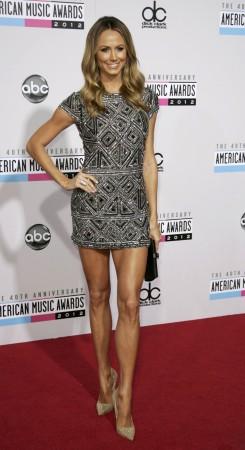
Those who watched WWE in the 1990s or, as the period is popularly called, 'Attitude era' would appreciate how much the company has embraced political correctness. The most positive aspect of this change has been the presentation of female wrestlers. The much-talked-about 'divas revolution' culminated with a women's match main-eventing Wrestlemania 35.
This is a major change from the days when women were used in a shameless manner by the company to draw lecherous eyeballs. All one needs to do is look at the leading female stars of the company then and now. The likes of Debra, Torrie Wilson and Stacy Kiebler were the most prominent female names in the late 1990s and early noughties, but they barely wrestled. Their main job was to play glamorous models and be involved in salacious storylines with male wrestlers. Now WWE boasts of the most athletic and strong women in the sporting sphere whose wrestling exploits are front and centre of WWE's programming. This is a monumental change.
Original divas

In the attitude era, women usually played the part of managers or companions of male wrestlers. This in itself wouldn't have been very demeaning but for their treatment in storylines. These divas were often depicted as seductresses and commonly shown having an affair with Vince McMahon. The way they were talked about and physically handled by male wrestlers would shock even the most politically-incorrect supporter of artistic freedom.
Acts and words which qualify as sexual exploitation and violence were routinely portrayed. One particularly infamous segment had Vince McMahon forcing Trish Stratus to disrobe and bark like a dog. Even Stephanie McMahon, daughter of the company owner, was abused with the most derogatory terminology possible for a woman. The divas were also made to perform in exhibitionist 'matches' and contests with no relation to wrestling ability.
Stirrings of change
With the arrival of 'PG' era – programming less explicit – there was some improvement in the status of women. Actual wrestling by ladies was given more importance and divas like Victoria, Beth Phoenix, Lita and Trish started to compete in serious wrestling matches. But objectification of women and immodest description of their attractiveness continued.
When and how things changed
It is hard to know why WWE changed their treatment of women but some guesses can be hazarded. The growing pressure to stop airing offensive material must have played a part. The general language of wrestlers too became more cleansed.
But there could be another reason for precipitating the change. Linda McMahon, the wife of Vince McMahon and a senior executive in the company, had launched her political career with the Republican Party in 2010 and twice ran for a US Senate seat from Connecticut but lost on both occasions. She had to face questions about the presentation of women in WWE. Her defence was citing First Amendment rights as well as claiming that on-screen female characters were strong and powerful. Eventually, she was appointed as Administrator of the Small Business Administration in Trump government. Was this foray into active politics a reason for course change?

















